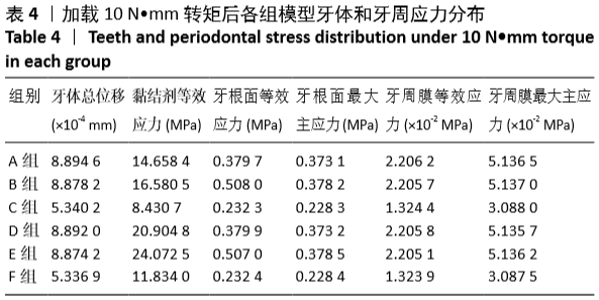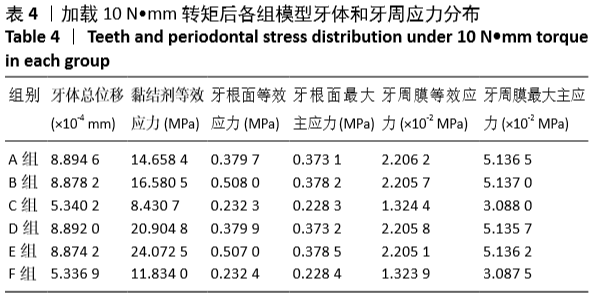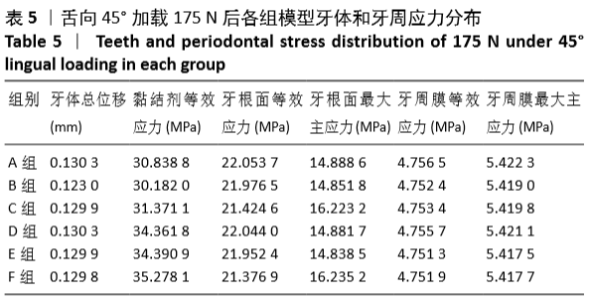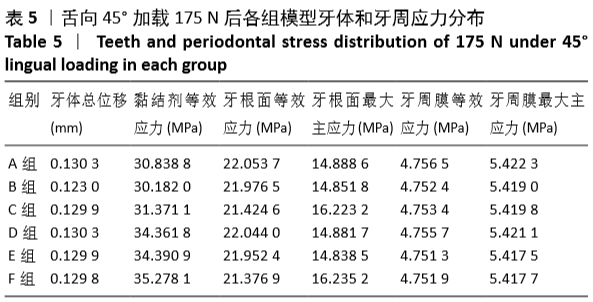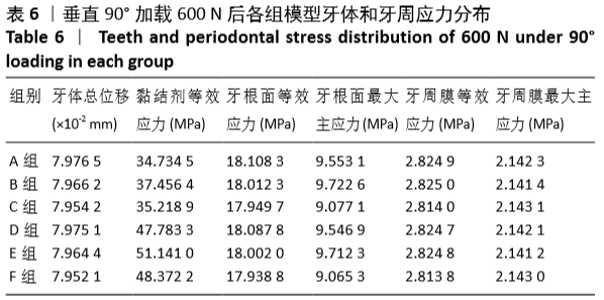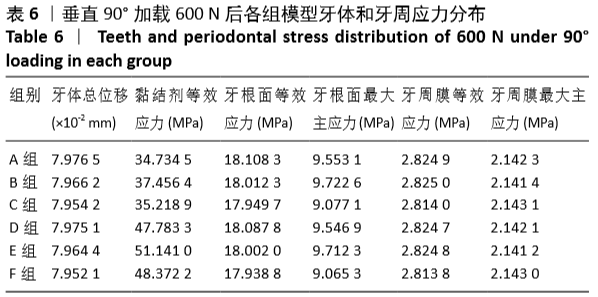[1] OTTO T, SCHNEIDER D.Long-term clinical results of chairside Cerec CAD/CAM inlays and onlays:acase series.Int J Prosthodont.2008;21(1):53-59.
[2] 张丽霞,洪凌斐,蒋丽萍.椅旁CAD/CAM全瓷冠强度的影响因素[J].口腔医学研究,2012,28(5):500-502.
[3] 冯二玫,刘瑶,石燕.CAD/CAM玻璃瓷嵌体修复磨牙龋损的临床疗效观察及失败原因分析[J].口腔医学研究,2019,35(6):551-554.
[4] 滕美霞,许志强,姚江武.CAD/CAM高嵌体修复冠根折磨牙[J].临床口腔医学杂志,2017,33(4):239-241.
[5] 吴华英,杜劲英,刘进,等.全瓷高嵌体修复根管治疗后牙体缺损的临床效果评价[J].口腔医学,2016,36(12):1118-1120.
[6] 王学侠,陈宝勇,赵光华,等.PANAVIATMF 粘接系统粘接后牙Ⅱ类洞嵌体的临床效果[J].国际口腔医学杂志,2010,37(1):36-38
[7] 朱旭,郭金洁,胡杨.高金嵌体全酸蚀粘接剂或自粘接树脂修复效果的比较研究[J].新疆医科大学学报, 2018,41(5):570-571.
[8] DBRADOVIĆ-DJURICIĆ K, MEDIĆ V, DODIĆ S, et al. Dilemmas in zirconia bonding: a review.Srp Arh Celok Lek.2013;141(5-6):395-401.
[9] 张红,景页,聂蓉蓉,等.底涂剂的化学处理对二氧化锆陶瓷树脂粘接效果的影响[J].华西口腔医学杂志,2015,33(5):466-469.
[10] 刘建设,范挽亭.树脂嵌体和瓷嵌体修复牙体缺损的边缘微渗漏对比研究[J].临床口腔医学杂志,2019,35(2):86-88.
[11] 王伟,孙艳艳,门庆林.CAD/CAM瓷嵌体与金属嵌体密合度的对比研究[J].全科口腔医学杂志,2018,5(29):87-88.
[12] 宁未来,杨德圣.粘接层厚度对粘接层抗力影响的有限元分析[J].现代医学,2015,43(9):1150-1152.
[13] 陈婧娉.嵌体修复下颌第一磨牙的有限元应力分析[D].广州:南方医科大学,2010.
[14] 李冰,武秀萍,马雅静,等.粘接剂种类对全瓷桩核冠 修复效果影响的三维有限元分析[J].临床口腔医学杂志,2015,31(8):459-460.
[15] HOLBERG C, RUDZKI-JANSON I, WICHELHAUS A, et al. Ceramic inlays: is the inlay thickness an important factor influencing the fracture risk? J Dent.2013;41(7):628-635.
[16] DUARTE S, SARTORI N, PHARK JH. Ceramic-reinforced polymers: CAD/CAM hybrid restorative materials.Curr Oral Health Rep.2016;3:198-202.
[17] 文成超,仇丽鸿.全瓷嵌体修复MOD洞型对牙体组织应力分布影响的三维有限元分析[J].中国实用口腔科杂志,2018,11(4):234-238.
[18] 冯娟,郭慧慧,申晋斌,等.磨牙髓室底垫底厚度对全瓷嵌体冠应力分布的影响[J].牙体牙髓牙周病学杂志,2017,27(1):16-21.
[19] LIN CL, CHANG YH, LIU PR. Multi-factorial analysis of a cuspreplacing adhesive premolar restoration: a finite element study.J Dent. 2008; 36(3):194-203.
[20] 傅云婷,杜瑞钿,耿发云,等.CAD/CAM氧化锆全瓷与IPS e.max Press铸瓷固定局部义齿修复的临床对比研究[J].口腔疾病防治, 2016,24(9):524-527.
[21] 张孝霞,韩丁,朱庆林,等.大面积缺损的下颌第一前磨牙桩核冠与高嵌体修复的三维有限元分析[J].牙体牙髓牙周病杂志, 2018, 28(5):265-269.
|
